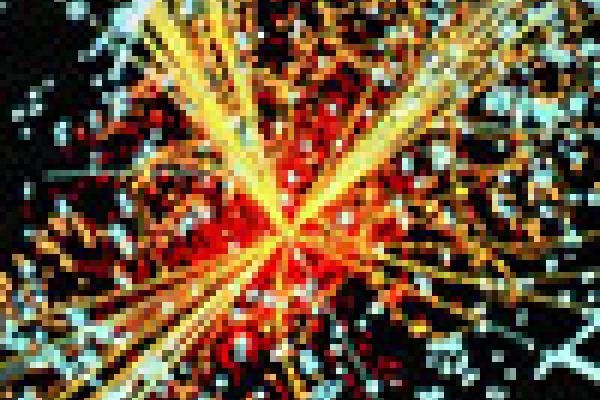Article

Picture perfect
In 2004 three physicists decided to dabble in a field they knew little about. Within weeks they had developed a new technique that transforms weeks' worth of computer calculations into something that could be done on a single page in an hour. It's used in particle accelerators such as the LHC at CERN.